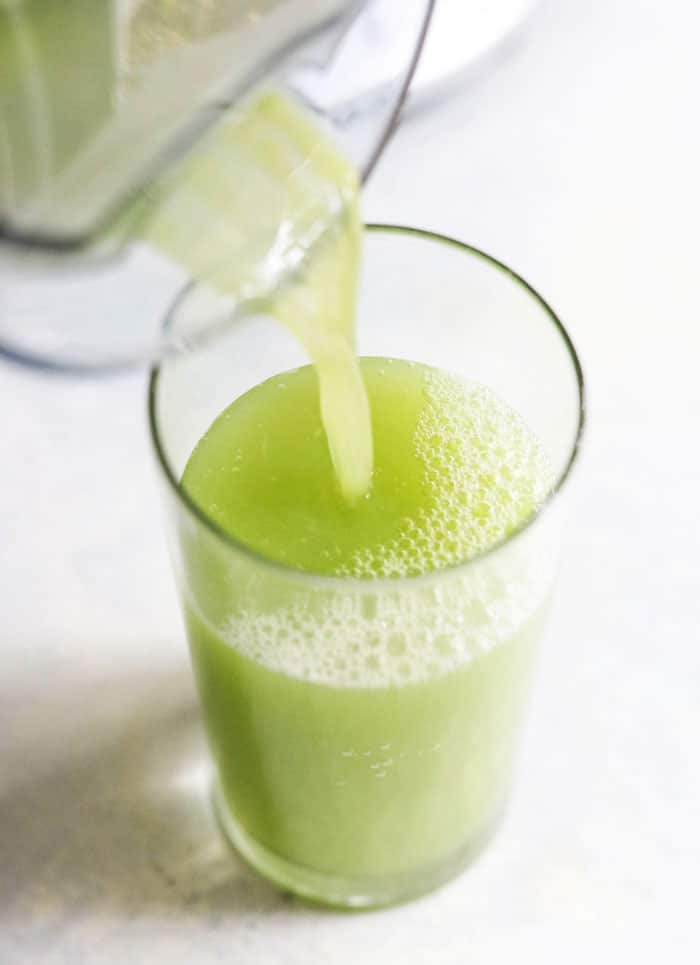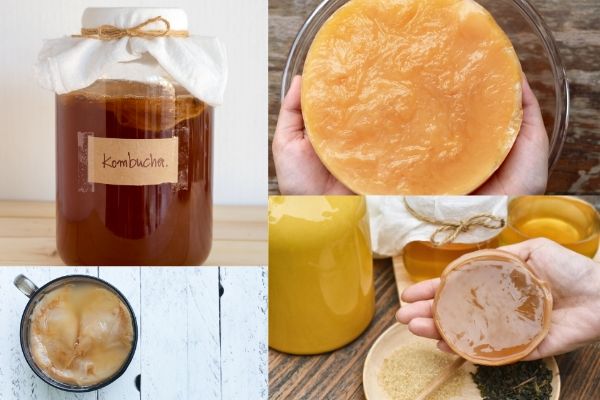
This method was first used by the ancient Chinese, Romans, Indians and others. The Buddha showed the world how to store and collect salt in the fifth century BC. The Romans used ceramic containers called "briquetage" to collect the brine. The concentrated salt was scraped by workers and washed off any impurities. Then they poured the brine into shallow saucepans and set them onto clay pillars. The workers then sold dried and powdered sea salts to the colonial New World. In the New World, slaves were brought from Africa to rake salt on various islands in the West Indies, such as the Bahamas and Turks and Caicos Islands.
While most people are familiar with table salt, not everyone knows exactly how sea salt is made. Sea salt has several minerals. These minerals are in small quantities in sea salt. They are also present in salt crystals. This mineral should be used in moderation. However, adding a little bit to your food will increase the nutritional value and minerals.

Sea salt is the most common type of salt. It originates from warm climates and is harvested by flooding man-made pools with salt water and waiting for it to evaporate. The crystals are left behind after the water has evaporated from the manmade pool. These man-made salt works are also known as salt works. Harvesting salt takes many billions of years. Salt can be harvested in many different ways.
Sea salt production is a complex process. The first step is the extraction of seawater. The seawater must be evaporated from the ocean. The water is allowed in the water to dry, and then concentrated. The sea salt can then be sold once it is dried. The final product will be labeled "unrefined" or "refined". The unrefined ocean salt may contain marine bacteria or trace mineral that contributes to its complex taste.
The process of getting sea salt is quite simple. The salt crystals that form in the bottom water are almost dry. By pouring water on the salt and then scraping it off, the impurities can be removed. This is a great way of collecting sea salt. It's very inexpensive and readily available. It is easily available in many parts of the world. Salt can be used to make salt for human consumption once it has been harvested. It can be used in endless ways.

Extracting salt out of the sea is the exact same process as extracting salt out of river water. However, each salt is treated differently. Some sea salts are taken from seawater, while some are extracted from the ground. Chemicals are used to extract the salt in this case. To extract the iodine the minerals from the sea are removed. The salt is not only enriched with iodine but also has minerals removed to make it more digestible.
FAQ
How to Become a Chef?
There are many routes to becoming a chef. Begin by enrolling at a community college. Consider attending culinary school. Finally, you can take a paid internship.
What is the average time it takes to learn how to cook? How much time do I need?
It all depends on your skill level. Some people can master basic cooking techniques in a matter days. Others might take months or years before they feel confident enough to teach themselves how to cook.
The time it takes to learn how to cook will vary depending on who you are. For example, someone who has never cooked before would probably need more time than someone who cooks regularly. You may also need more experience with certain types of cooking than others. Baking is more difficult than frying.
You should learn a particular technique to improve your cooking speed. You can then move on to the next technique once you have mastered it. You shouldn't stress about how long it takes to learn how cook. Keep practicing and enjoying the process.
How can I learn more about cooking?
There are many cooking classes available all over the country. Many schools offer classes in baking, pastry, wine tasting, and more. If you're interested in learning more about baking, you can either enroll at a community college or vocational school. Or you can attend a private class.
Do I require any special equipment?
No, you don't need any special equipment to learn to cook. However, having the right tools can make cooking easier. For example, a knife could be used for pasta making or a whisk would be better than a hand mixer for whipping egg whites to stiff peaks. The right tools make cooking easier and faster.
How much does a culinary school cost?
Costs for culinary school vary depending on where you live, how long you study and which program you choose. The average tuition ranges from $10,000-$30,000 per year. Most students graduate with about $20,000 in debt. There are some programs that offer grants and scholarships as well as work-study options.
How Can I Get Hired As a Cook?
A word of mouth referral can lead to a job as cook. People in your circle of friends might know about restaurants that need additional staff. Also, restaurants often advertise openings on bulletin boards and websites.
Where can you find free online cooking courses?
Many websites offer free cooking classes. You can search YouTube for videos that teach you how to prepare different meals. You may have access to thousands upon thousands of recipes on some websites. While you may have to pay a monthly charge, these websites allow you to try out the recipes for 30 days for no cost.
Statistics
- In the United States, the category is estimated at $23.2 billion annually and is growing faster than the market. (washingtonpost.com)
- On average, chefs earn $58,740 a year, according to the BLS. - learnhowtobecome.org
- under 10 Kids have been taught that there is special food just for them, and Fiese says that 10 percent of kids will throw a tantrum if they don't get the food they want. (washingtonpost.com)
External Links
How To
How to make an omelet that is perfect
Omelets are a favorite breakfast food of mine. How can you make them perfectly? Many different recipes and methods have failed to work for me. So I wanted to share some tips and tricks so that you can make delicious, fluffy omelets every morn.
When making omelets, it is important to be aware that eggs can be temperamental. It is important that eggs are fresh from an organic market and kept cool until used. The yolks and whites will not form properly if they aren't kept cold enough. This causes your omelets to look oddly colored. If you want to make omelets right away, it's best not to use eggs that are too cold.
Another tip is to separate each egg before adding them to the saucepan. It is important not to allow any white to mix with the yolk as this could lead to the omelet becoming curdled.
You might burn the bottom of the egg if you place the egg directly on the stovetop. This could ruin the texture of your omelet. Instead, heat the egg in a microwave for 10 seconds and then place it in a pan. The heat from the microwave cooks the egg just enough without overcooking it.
Next, let's talk about mixing the eggs. When mixing eggs, it is important to thoroughly beat them. You need to turn the bowl of the mixer upside down. Then, vigorously shake the bowl. This way, the air inside the bowl gets whipped around and mixes the egg thoroughly.
Now comes the fun part - pouring the milk into the mixture. First, pour half of the milk into the beaten eggs and then fold the eggs gently into the remaining milk. Don't worry if there are still streaks of egg visible; these streaks will disappear once you flip the omelet.
After folding the eggs fold the pan onto medium heat. When the oil starts to hot, wait for the pan to cook. Once the oil starts getting hot, add 1/4 cup of butter to the pan and swirl it around to coat the entire surface of the pan. The lid should be carefully opened. Sprinkle salt in the pan. A pinch of salt will help prevent the omelet from sticking to the pan.
Cover the pan once you have formed the omelet. Wait for the top to set. Flip the omelet upside down or with a spatula. Cook the other half for another minute. Take out the omelet and place it in a bowl.
This recipe works best with whole milk, but skimmed milk also works.